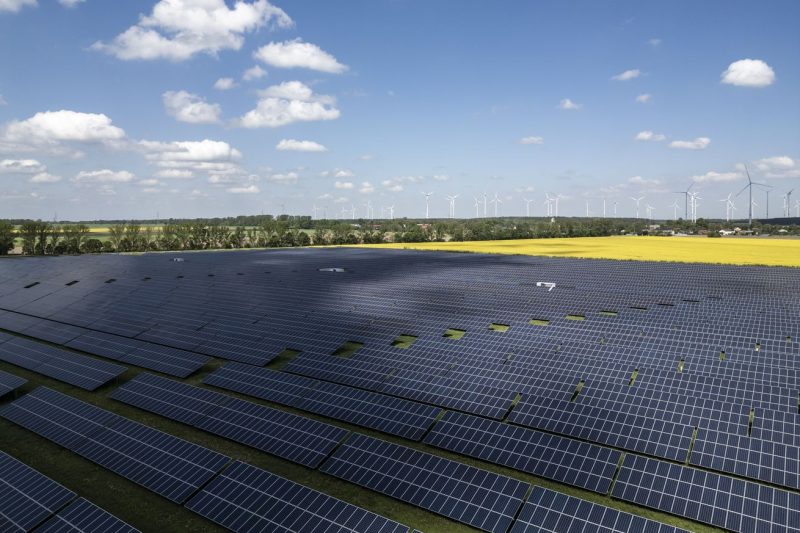The United States: A Gas-Centric Nation in a Renewable World
The global shift towards renewable energy sources is undeniable, with countries around the world investing heavily in clean and sustainable alternatives to traditional fossil fuels. However, the United States stands out as a notable exception, as it continues to heavily rely on and promote gas as a primary energy source. As the world moves towards a cleaner energy future, the US finds itself propping up gas while other nations embrace the transition to renewables.
One significant factor contributing to the US’ emphasis on gas is its abundance of natural gas reserves. The country has access to vast quantities of natural gas, thanks to the development of techniques such as hydraulic fracturing, or fracking. This has led to a significant decrease in the cost of natural gas production, making it a more economically viable option compared to renewable energy sources.
Furthermore, the powerful influence of the fossil fuel industry in the US cannot be underestimated. The oil and gas lobby holds significant sway over policymakers, shaping energy policies that prioritize the interests of these industries over the development of renewable alternatives. This influence has hindered the progress of renewable energy in the US and perpetuated the reliance on gas.
Another factor that has contributed to the US’ emphasis on gas is its existing infrastructure. The country has a well-established network of pipelines, power plants, and distribution systems that are designed to handle and utilize gas. Shifting away from gas would require significant investments in infrastructure to support the integration of renewable energy sources, a transition that many stakeholders are resistant to making.
In contrast to the US, many countries have embraced the transition to renewable energy sources as part of their commitment to combating climate change and reducing greenhouse gas emissions. Nations like Germany, Denmark, and Sweden have made significant investments in wind, solar, and hydroelectric power, moving away from fossil fuels and towards a more sustainable energy future.
The global momentum behind renewable energy is undeniable, with countries setting ambitious targets for renewable energy generation and emissions reduction. The US risks falling behind in this global energy transition if it continues to prop up gas and neglect the development of renewable alternatives. The environmental and economic benefits of investing in renewable energy are clear, and it is essential for the US to reevaluate its energy priorities to align with the rest of the world.
In conclusion, while the US remains focused on propping up gas as a primary energy source, the world is moving steadily towards renewable alternatives. Factors such as abundant natural gas reserves, industry influence, and existing infrastructure have all played a role in maintaining the US’ reliance on gas. However, the global shift towards renewable energy is gaining momentum, and it is crucial for the US to reassess its energy priorities to align with the rest of the world in the transition to a clean and sustainable energy future.




























